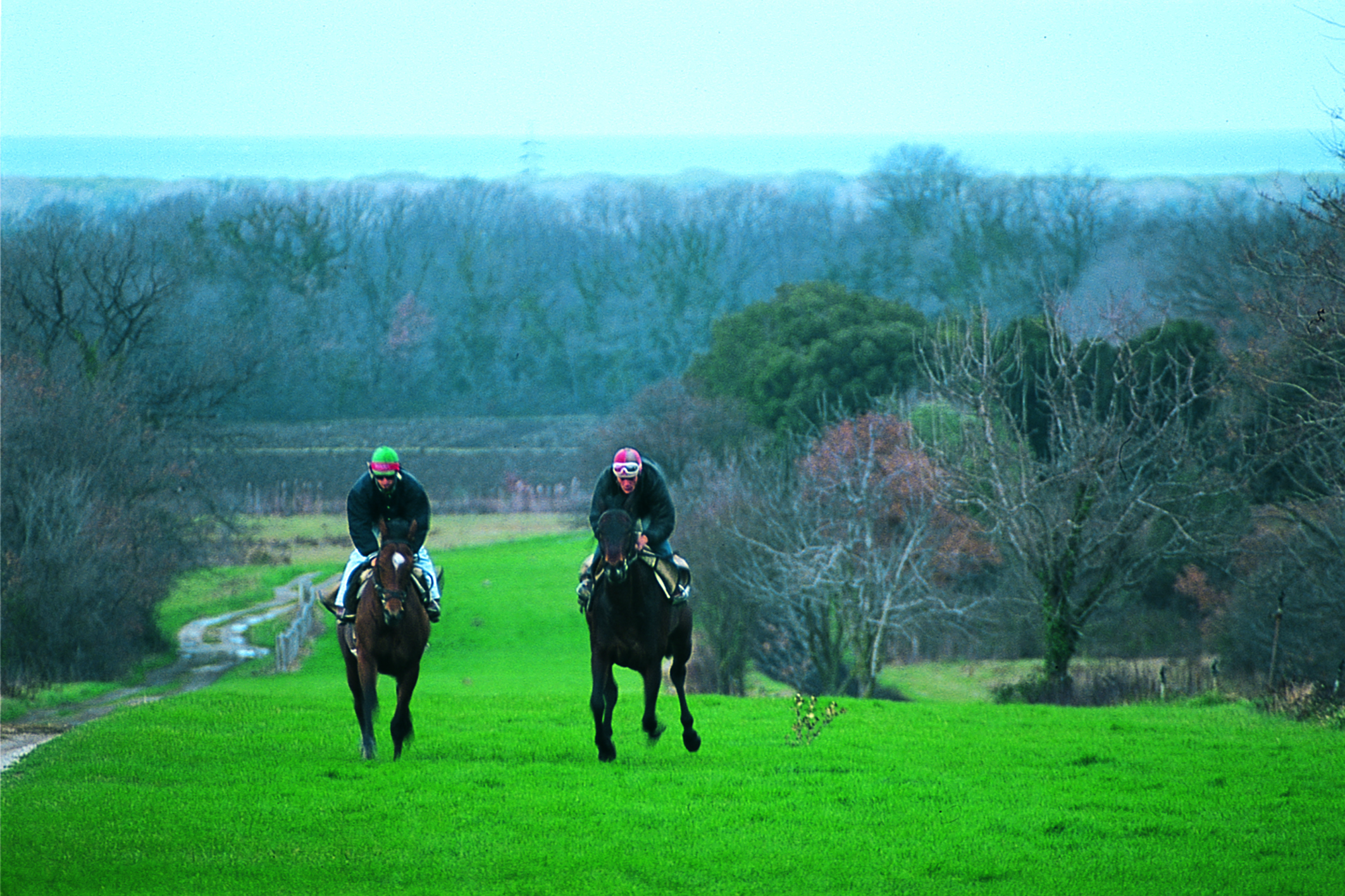
San Guido Estate
This post is also available in:
 Italiano (Italian)
Italiano (Italian)
“Tenuta San Guido” is in Bolgheri, in the province of Livorno, and covers 8 miles from the sea to the hills. It was named after San Guido della Gherardesca, who lived here in the XIII century.
This estate includes three Italian excellences: the Sassicaia vineyards, the Dormello Olgiata thoroughbred horse, and the Bolgheri Oasis – the first of its kind in Italy.
These three peculiarities are physically set at the cardinal points of the Estate and thus mark its very geographical boundaries: the Oasis is towards the sea, the farming centre was established in the plains, while the vineyards reach the altitude of some 1.312 ft between the Mediterranean scrub and the hills.
This huge estate offers a unique opportunity for wine production aimed at true excellence; on such a vast area (6.177 acres available), it was possible to identify the 185 acres most suitable for Sassicaia grapes – the latter are so good to have recently deserved a D.O.C. recognition of their own. Moreover, San Guido Estate is quite unique in Italy, since the vines are entirely grown within a single property.
Despite being one of the best-known Italian wines abroad, Sassicaia not born in any of the most popular areas for vine cultivation, but in Maremma, where the tall and narrow cypresses of Bolgheri (Cupressus sempervirens L.) are the most striking and recurrent feature of the landscape.
The abovementioned Bolgheri Oasis is part of the territory of Castagneto Carducci. The history of this oasis began in 1959: Mario Incisa della Rocchetta decided to transform his hunting reserve into a refuge and a nesting facility for water birds. Some 198 acres of freshwater marsh surrounded by 1.087 acres of flooded woods, wet meadows, uncultivated fields, pastures, and crops were thus reserved for the oasis. In 1966, Marquis Incisa and Fulco Pratesi along with the newly-born WWF started the actual construction of the oasis – back then, it was the very first in Italy, along with that of Burano.
The original appearance of the Maremma coastline was thus preserved as well: alternating crops and tree-lined hedges with flooded meadows (during the winter season) and freshwater ponds surrounded by flooded woods. The latter feature a large quantity of narrow-leafed ashes (Fraxinus angustifolia Vahl.
Beyond the wooded area, there’s the beach with an extraordinary example of a dune ecosystem: right there, there are several pioneering psammophilous species which thrive on sandy substrates, such as the sea daffodil, Pancratium maritimum L. , the sea holly, (Eryngium maritimum L.), and the European searocket (Cakile maritima Scop.).
This post is also available in:
 Italiano (Italian)
Italiano (Italian)
Contatti
Loc. Le Capanne, 27
0565 762003
info@sassicaia.com
Altre info
su prenotazione


